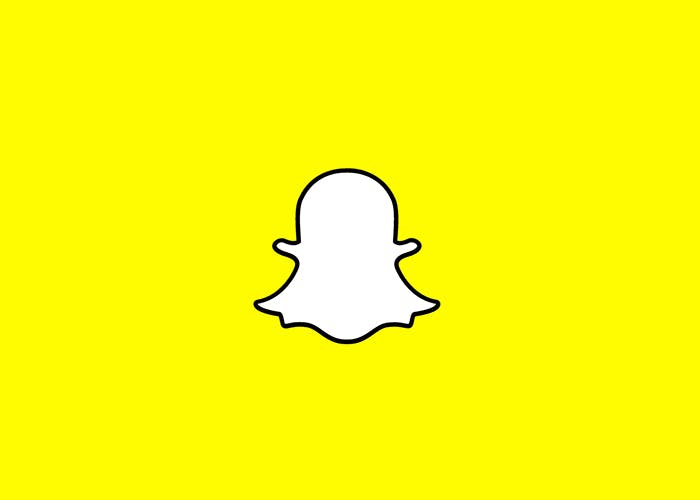Get off my lawn!
Snapchat’s recent IPO has me feeling crotchety and crusty. A company that exudes youthful optimism has unfortunately brought out my cynical side. “This stock will be trading at $12 in a year,” I said to anyone who would listen as the stock price climbed to $26 on opening day.
But maybe it’s time to pump the breaks. Fifteen years ago, I championed Google’s pay-per-click advertising model. Ten years ago, I glowingly touted mobile as game-changing, and eight years ago I believed Facebook would figure out its revenue challenges and give Google a run for its digital advertising money.
Only time will tell whether or not Snap will be in the same league as the successes mentioned or, instead, fall into the dustbin of has-beens, like Groupon or Zynga. Regardless of where Snap is years from now, savvy marketers owe it to themselves to keep an open eye and experiment with fashionable platforms when necessary.
Let me start by saying, as an employer, I don’t think you should spend much time and energy having your own Snapchat account, gaining followers and putting out regular content that disappears in 24 hours. The percentage of employers who make that work will be few and far between.
I do, however, believe employers should keep their eye on the various advertising opportunities that arise from Snapchat’s maturation. Similar to Facebook, setting up a Fan Page exclusively about jobs paid little dividends compared to the advertising opportunities Facebook offers.
That said, here’s a breakdown of the targeting benefits Snap could offer an employer looking to advertise openings.
- Age. When users sign up for Snapchat, they are asked to give their birth date. This is primarily to make sure alcohol companies don’t target an underage demographic, but it could be helpful information for recruitment advertising.
- Location. As a mobile application, Snapchat knows where users are. This may be the most important targeting aspect that resonates with employers. This could even take the form of Snapchat’s popular filters. Imagine someone “snapping” at McDonald’s and you put a burger flipping filter in play that enables users to turn themselves into a burger flipper.
- Gender. Snapchat doesn’t ask for someone’s sex, but based on behavior and validation through Millward Brown, they essentially do.
- Device. This won’t matter to most employers, but if you need Android developers, you probably don’t want to advertise on iPhones.
- Context. Snapchat segments content around certain publishers, such as People or Buzzfeed or CNN among others. Depending on the need, putting a message in front of one audience may be more strategic than another. They could also target around the content users consume.
- Third party data. the company inked a deal with Oracle Data Cloud that puts an immense amount of information at its targeting fingertips. Marketers will now be able to run adverts according to 100 different target audiences based on consumer profiles like “consumer tech shopper” or “cosmetics shopper.” Tough to see how this will benefit employment, but it shows a serious commitment to ad targeting.
- Search. Right now, it’s not exactly Google, instead focusing on finding people, but there’s no reason it can’t be expanded to eventually search places, products and, yes, classifieds.
- Email addresses. Facebook and Twitter have popularized this. Basically, upload the email addresses that exist in your database and you can have your adds show up to those Snap users.
Ultimately, regardless of what you think about Snap, the fact is it’s growing quickly and looking to monetize its business. Translation? Marketing opportunities for everyone. And as such, you owe it to your business to keep any eye on the various targeting opportunities the company offers now, as well as what it develops going forward.
